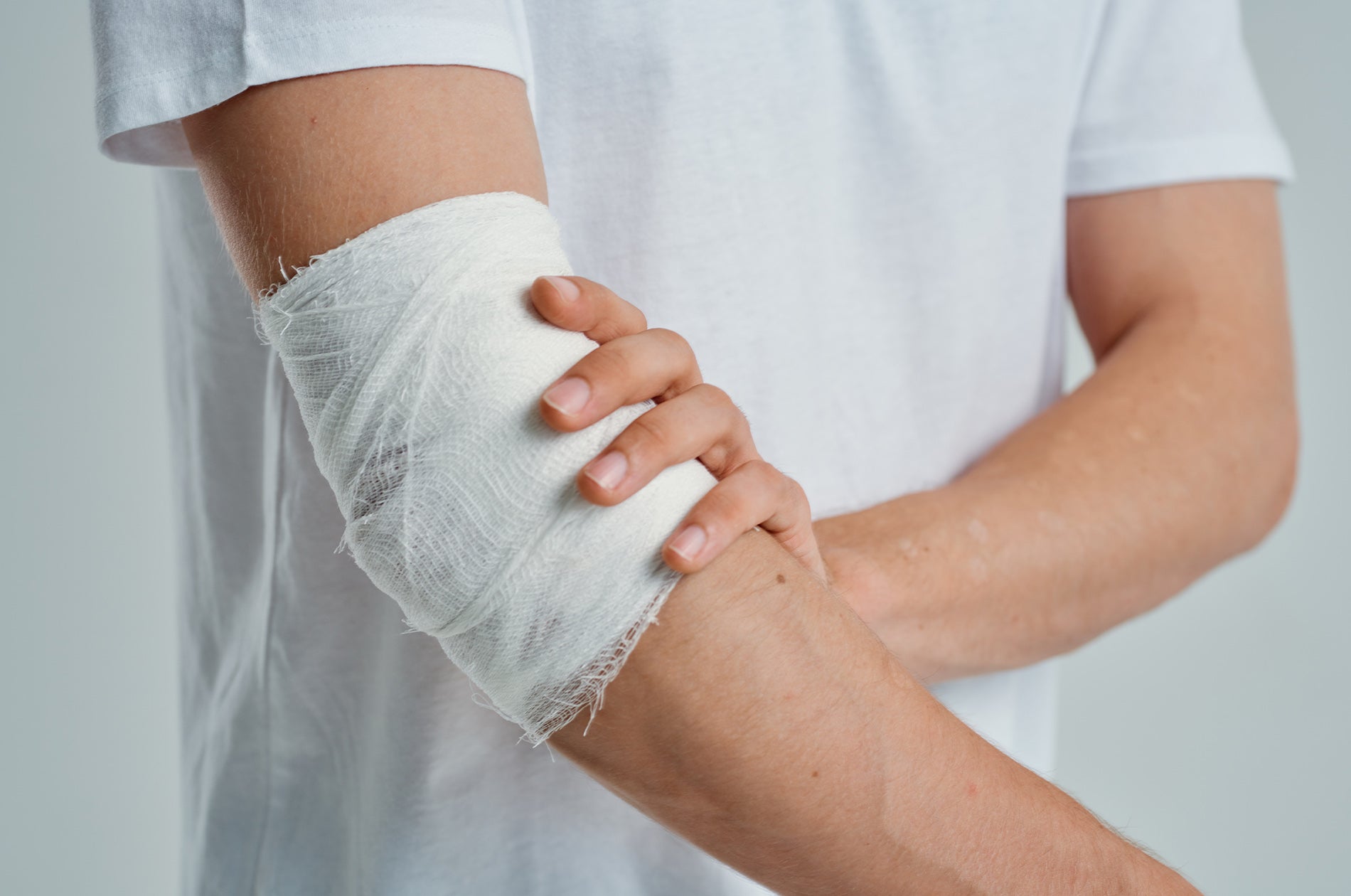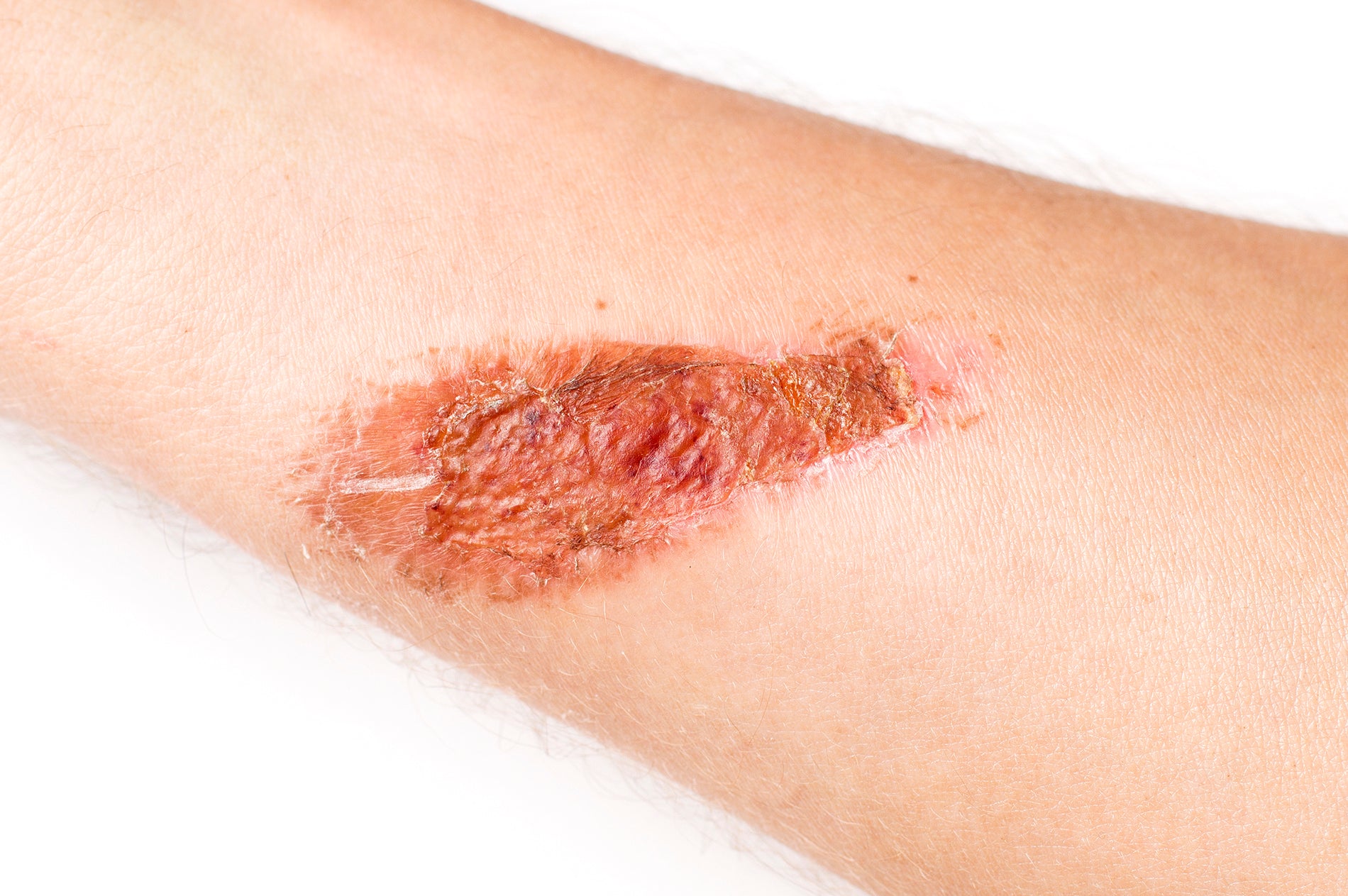
Stabilized Hypochlorous Acid: Its Role in Decreasing Tissue Bacterial Bioburden and Overcoming the Inhibition of Infection on Wound Healing
Journal of Burns and Wounds
April 11, 2007
Background
A topical antimicrobial that can decrease the bacterial bioburden of chronic wounds without impairing the wound’s ability to heal is a therapeutic imperative. A stabilized form of hypochlorous acid (NVC-101) has been demonstrated in vitro and in standard toxicity testing to possess properties that could fulfill these criteria.
Method and Materials
Using a standard rodent model of a chronically infected granulating wound, various preparations of NVC-101 and multiple treatment regimens were investigated to evaluate the role of NVC-101 in decreasing tissue bacterial bioburden and overcoming the inhibition of infection on wound healing. Quantitative bacteriology of tissue biopsies and wound healing trajectories were used to compare the various NVC-101 preparations and regimens to saline-treated negative controls and silver sulfadiazine–treated positive controls.
Results
NVC-101 at 0.01% hypochlorous acid with a pH of 3.5 to 4.0 proved to be an effective topical antimicrobial. It was most effective when used for a brief period (15–30 minutes), and followed with another application. Possibly this was due to its rapid neutralization in the wound bed environment. Although not as effective at decreasing the tissue bacterial bioburden as silver sulfadiazine, NVC-101 was associated with improved wound closure.
Conclusions
This stabilized form of hypochlorous acid (NVC-101) could have potential application as an antimicrobial wound irrigation and treatment solution if its effective pH range can be maintained in the clinical situation. NVC-101 solution was equally effective at pH 3.5 or 4.0 and more efficient soon after its application. As opposed to other antimicrobials investigated in this animal model, NVC-101 controls the tissue bacterial bioburden without inhibiting the wound healing process.
Full Publication
April 11, 2007
Background
A topical antimicrobial that can decrease the bacterial bioburden of chronic wounds without impairing the wound’s ability to heal is a therapeutic imperative. A stabilized form of hypochlorous acid (NVC-101) has been demonstrated in vitro and in standard toxicity testing to possess properties that could fulfill these criteria.
Method and Materials
Using a standard rodent model of a chronically infected granulating wound, various preparations of NVC-101 and multiple treatment regimens were investigated to evaluate the role of NVC-101 in decreasing tissue bacterial bioburden and overcoming the inhibition of infection on wound healing. Quantitative bacteriology of tissue biopsies and wound healing trajectories were used to compare the various NVC-101 preparations and regimens to saline-treated negative controls and silver sulfadiazine–treated positive controls.
Results
NVC-101 at 0.01% hypochlorous acid with a pH of 3.5 to 4.0 proved to be an effective topical antimicrobial. It was most effective when used for a brief period (15–30 minutes), and followed with another application. Possibly this was due to its rapid neutralization in the wound bed environment. Although not as effective at decreasing the tissue bacterial bioburden as silver sulfadiazine, NVC-101 was associated with improved wound closure.
Conclusions
This stabilized form of hypochlorous acid (NVC-101) could have potential application as an antimicrobial wound irrigation and treatment solution if its effective pH range can be maintained in the clinical situation. NVC-101 solution was equally effective at pH 3.5 or 4.0 and more efficient soon after its application. As opposed to other antimicrobials investigated in this animal model, NVC-101 controls the tissue bacterial bioburden without inhibiting the wound healing process.
Full Publication

